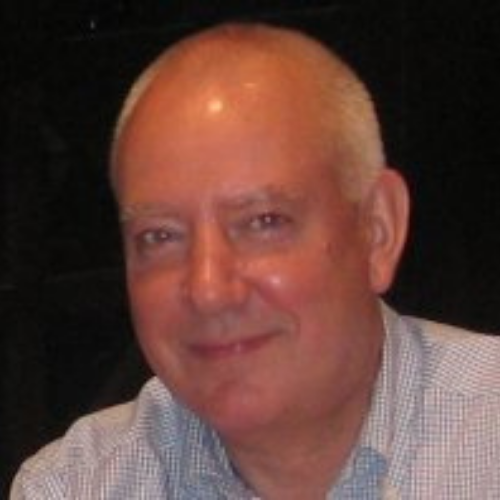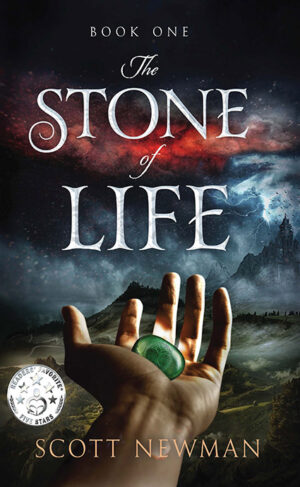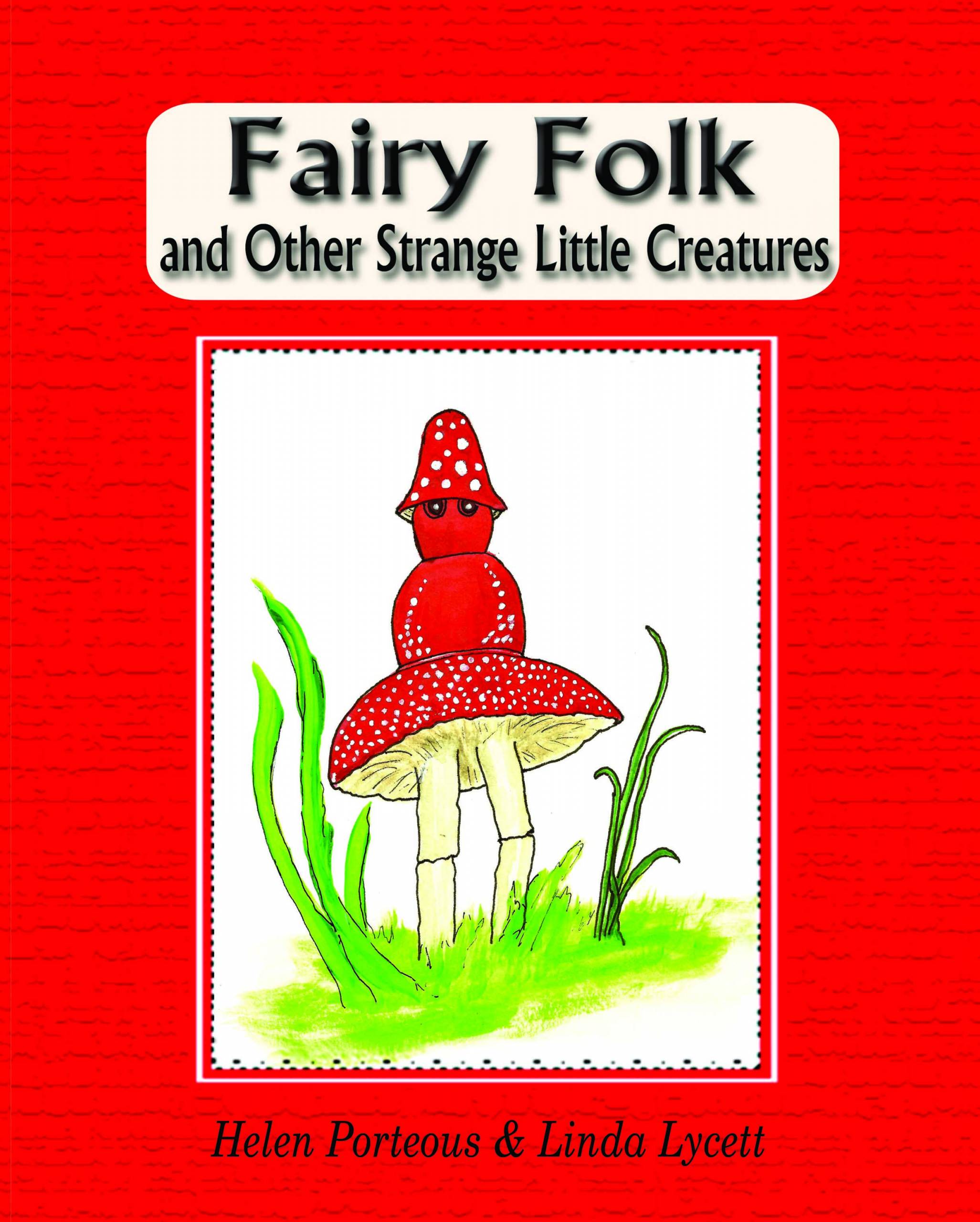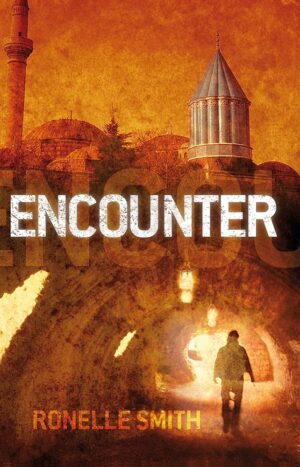Description

Lawrence Martin was born at Cabrini Hospital, Malvern, Victoria, Australia, on 27 October 1948. He was the great, great grandson of Captain MacGregor from Glasgow who set the then, record time for a sailing clipper from Bombay to London when his wife was terminally ill. Captain MacGregor had a son David, who was saddened by his fathers’ passing shortly after his mother. David was unhappy living with relatives and ran away to sea at the age of fifteen. He settled in Melbourne and worked as an engineer with the Melbourne City Council and read philosophy in his spare time. It was perhaps both loves of the sea and philosophy that Lawrence inherited from his maternal side. On his fathers’ side the blood lines ran to New Zealand and Ireland. His father Jack and grandfather Edward fought in the two great wars. His great grandfather fought in the Boer war.
Lawrence graduated in Information Processing from CIT which later became Monash University. He studied Architecture at RMIT. He completed a BA at Latrobe University with a double major in Philosophy. He had also studied Agricultural Science at Melbourne University and Medical Laboratory Technology at RMIT.
His first full time job was in the Biochemistry department at Monash University under the leadership of Professor Anthony Linnane (http://onlinelibrary.wiley.com/doi/10.1002/iub.330/abstract) and Dr Ian Forrester who both contributed immensely to his early years.
He also worked in the Monash University Computer Centre while studying part time and had the opportunity to gain experience with large number crunching computers such as the Control Data Corporation CDC3200 and the Burroughs B6500.
His second full time job was at Holeproof, a division of the Dunlop empire – described further in the following pages.
Travelling the world was always high on his list of priorities and he lived in London for a year in 1980. His girlfriend arranged accommodation in her supervisors converted hotel in Islington and it led to many an adventure including a hitch-hiking trip around Ireland and an epic trip on foot from London to Rabat in Morocco.
These days he is married to Emalyn and has two daughters Kim and Leah. They live in Manila and share a love of never-ending learning, dogs, food, wine and the relaxed natural beauty of Philippine rural life.




